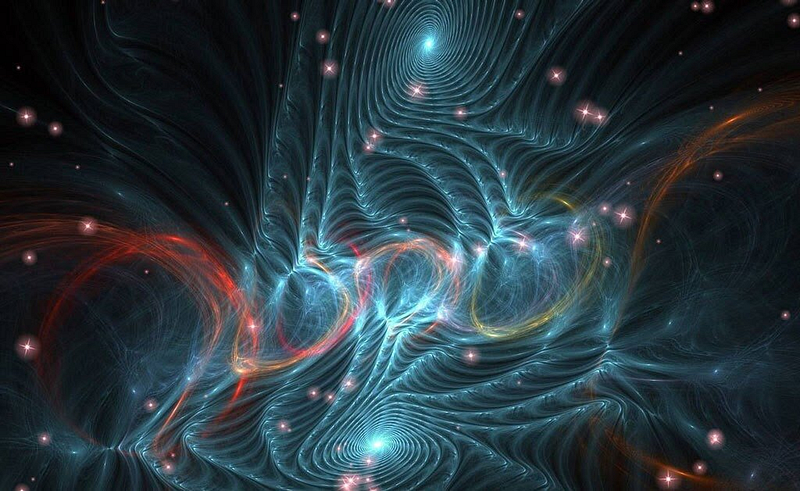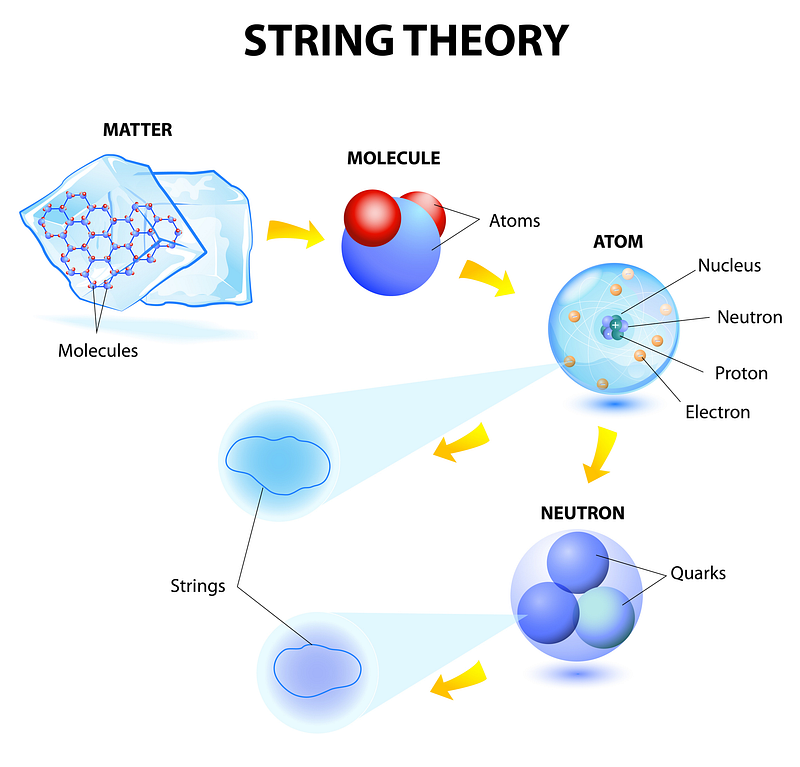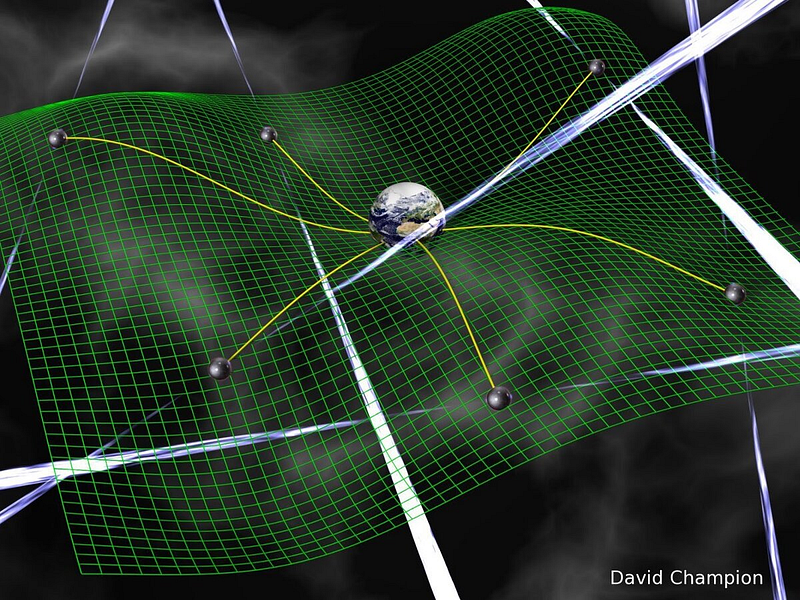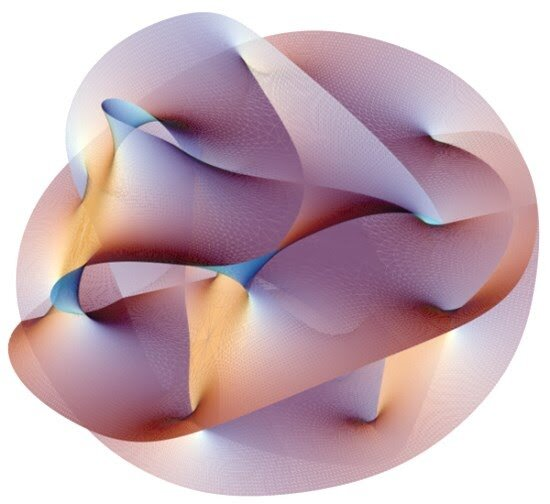Exploring the Challenges of String Theory in Physics
Written on
Chapter 1: Introduction to String Theory
String theory emerged in the 1970s, initially hailed as a potential “theory of everything” due to its groundbreaking predictions that surpassed existing theories at the time. However, despite ongoing research and refinement, string theory has yet to fulfill this promise. What are the underlying issues that hinder string theory's evolution into a comprehensive framework?

Chapter 2: Understanding the Foundations
At present, the cornerstone theories in physics include Einstein’s general theory of relativity, which accurately depicts gravity through numerous experiments, and quantum mechanics, detailing the behavior of particles and fundamental forces like weak, strong, and electromagnetic forces. Unfortunately, these two theories are fundamentally incompatible. In the quest to reconcile their differences, string theory emerged as one of several proposed solutions.
In 1970, researchers suggested that interactions among pions—specific particles—during collisions occur due to their connection by an “infinitely thin vibrating thread” or string. This led to theoretical models where elementary particles are represented as strings oscillating at distinct frequencies.

Chapter 3: The Promise of Unification
String theory presents a unique approach to merge general relativity with quantum mechanics. According to this theory, particles and their interactions are merely manifestations of strings, either open or closed, vibrating at specific frequencies. Furthermore, string theory posits a ten-dimensional universe, with a more sophisticated variant known as “superstring theory” introducing the concept of supersymmetry for all particles and interactions.
Section 3.1: Barriers to Becoming the “Theory of Everything”
Regrettably, string theory currently cannot claim the title of the “theory of everything.” Despite its theoretical advantages, several challenges persist. The first significant issue is the existence of ten dimensions; to align with our observable universe, six dimensions must be disregarded, which can be accomplished through an astronomical number of methods.

The second major obstacle involves the experimental validation of string theory, which would necessitate energy levels approximately 10¹? times greater than what the Large Hadron Collider can achieve. Additionally, researchers require evidence for the existence of supersymmetric particles. As it stands, string theory is often regarded as more of a mathematical construct rather than a physical one.
Chapter 4: The Emergence of M-Theory
In the mid-1990s, Edward Witten proposed that various superstring theories represent different limiting cases of an overarching eleven-dimensional framework known as M-theory.

M-theory expands the foundational concepts of the universe beyond one-dimensional strings to include two-dimensional counterparts—membranes, or “branes.” These can exist in multiple dimensions. M-theory primarily explores two-dimensional and five-dimensional branes, yet even the fundamental principles surrounding branes remain in development. Like strings, the existence of branes has not been experimentally verified, but their relationship with gravity positions M-theory as a potential candidate for the elusive “theory of everything.”
Currently, no variations of string theory can be confidently labeled as a “theory of everything.” Due to their primarily mathematical nature and the multitude of unresolved issues, particularly the lack of empirical validation, these theories continue to face significant hurdles.
If you're interested in more insights about the cosmos, don’t hesitate to clap!
Subscribe to our channel and feel free to pose your questions, which I will address in future articles.
If you appreciate my contributions, consider supporting me by becoming a Medium member for just $5 a month, aiding us in creating even more enriching content.